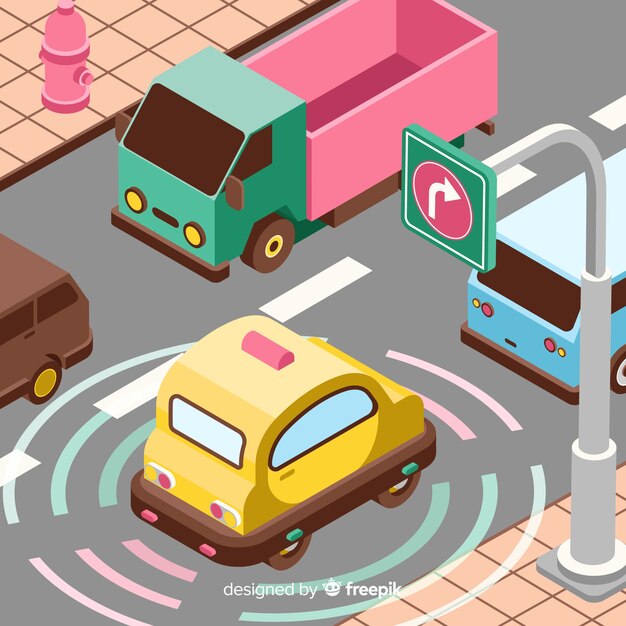Highway Hues: Decoding Road Noise Through Vehicle Networks

Ken Waurin, a strategic marketing manager at Analog Devices, explains how a new digital bus architecture can cut down audio system costs for cars.
Car manufacturers are always looking for ways to make vehicles safer, smarter, and more fuel-efficient. To do this, they add more electronic control units (ECUs) to vehicles. These ECUs are responsible for features such as smart radio connectivity, active and road noise cancellation (ANC and RNC), personal audio zones, in-car communications (ICC), and autonomous driving.
However, the more ECUs there are, the more complex the wiring becomes. This adds weight and cost to the car, which is a problem because it decreases fuel efficiency.
Manufacturers face a dilemma: They want to offer advanced infotainment systems but also need to meet government fuel efficiency standards. Lightening the cable harnesses can improve fuel efficiency.
Current Challenges
Traditionally, car audio ECUs are connected with individual analog cables or existing digital bus architectures. Both options have their drawbacks. Analog systems need expensive, shielded cables for each audio signal, which quickly adds up, especially in systems that support multichannel audio like Dolby 5.1 or 7.1. Additionally, the required analog-to-digital converters (ADCs) and digital-to-analog converters (DACs) contribute to the total system cost and may degrade audio quality.
Digital bus standards like Most or Ethernet AVB are common in modern infotainment systems because they simplify wiring compared to analog setups. However, they still require expensive microcontrollers to manage their software protocols. Moreover, these digital bus systems can be unpredictable, causing delays between nodes, which is problematic for time-sensitive applications like ANC, RNC, and ICC.
Automotive Audio Bus (A2B)
The Automotive Audio Bus (A2B) offers a smart solution. It reduces cable harness weight by up to 75% and delivers high-quality digital audio at a lower cost than existing digital bus systems. A2B is designed specifically for audio applications, providing better sound quality than analog methods.
A2B is a high bandwidth (50Mbit/s) system that can transport I2S audio, I2C control data, clock, and power through a single, two-wire, unshielded twisted pair cable over long distances—up to 15 meters between nodes and 40 meters in total.
How it Works
A2B operates using a single master and multiple slaves in a line topology. The latest A2B transceivers can support a master plus up to ten slave nodes, which is a 20% improvement from the first generation. This setup allows a maximum distance of 40 meters for the A2B bus, with up to 15 meters between individual nodes.
Unlike ring topologies, the line topology of A2B ensures better system integrity. If one connection in the daisy-chain fails, only the downstream nodes are affected, not the entire network. Plus, A2B has built-in diagnostics to isolate and identify faults.
This new A2B technology not only reduces the weight and cost of vehicle audio systems but also improves audio quality and system reliability.